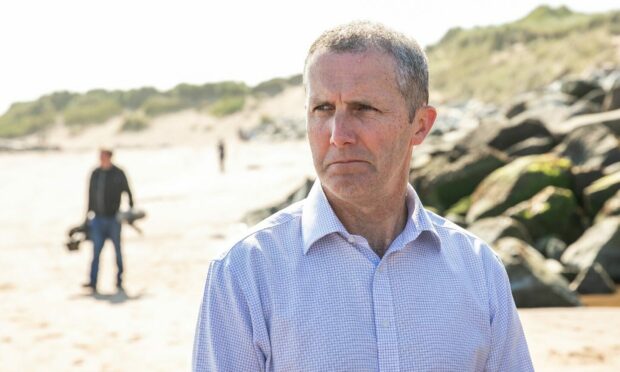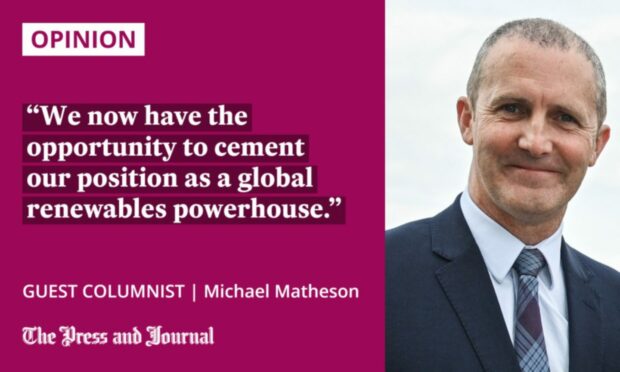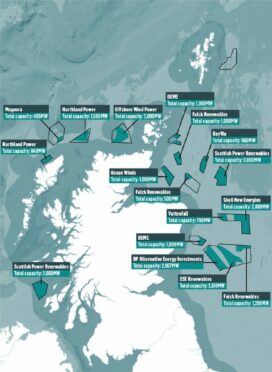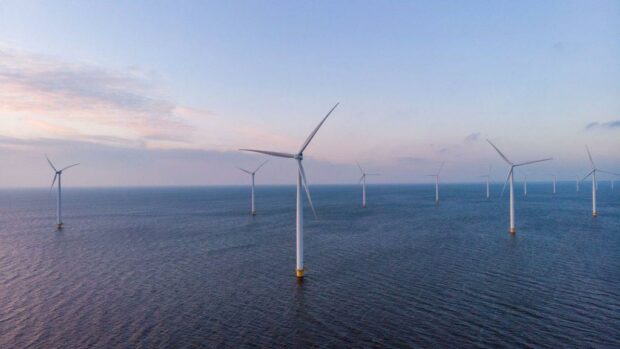Two linked and deeply concerning issues have defined the year so far – the cost of living crisis and Russia’s illegal invasion of Ukraine.
Both continue to have a profound effect on societies and economies across Europe and beyond, most obviously through the impact on energy prices
They have also prompted governments to tackle the challenges we have been presented with: how do we protect energy consumers in the short term, while we also strengthen our energy security, insulate ourselves against fluctuating energy prices and – vitally – ensure we continue to deliver on our climate obligations and a just transition to net zero?
The UK Government’s response so far has failed to address these challenges. Their failure to address the longer term challenges means that Scotland will continue to be at the mercy of future energy shocks long after the current crisis has passed.
The UK Government’s pursuit of nuclear generation is not the solution. New nuclear power stations will take years, if not decades, to become operational – and will be so expensive they will actually push up household bills.
The short-sighted decision to overlook the Scottish Carbon Capture Cluster, centred in the north-east, is another failure of their long term energy policy.
The Scottish Government has been consistently clear that renewable energy must be the solution, and we are taking steps within our devolved powers to ensure progress is made.
‘Global renewables powerhouse’
Earlier this month I visited the European Offshore Wind Deployment Centre in Aberdeen Bay. It’s one of Scotland’s offshore wind farms already contributing to 13 gigawatts of green energy that are being produced here.
In ScotWind – the world’s largest floating offshore leasing round – we now have the opportunity to cement our position as a global renewables powerhouse.
In January, 17 projects were offered the rights to specific areas of our seabed for the development of more offshore wind power. These projects have combined ambitions to deliver 25 gigawatts of power – nearly triple our renewable energy generation currently in operation.
Wind power is already one of the cheapest forms of electricity and ScotWind represents a massive step forward in delivering an energy revolution and our net zero transformation.
The scale of opportunity that ScotWind presents is huge. Not only in completing our own journey to net zero but in the potential to position Scotland as a major exporter of renewable energy, including green hydrogen.
The renewables revolution also brings economic opportunities, apprenticeships and skilled jobs – often in our most remote and rural communities.
£700m revenue
The leasing of Scotland’s sea bed through ScotWind will deliver around £700 million in revenues for these initial awards alone.
But in addition to that, once operational, the projects will raise billions more in annual rental revenues, which will be invested back into Scotland, benefitting our communities and our economy.
We also secured commitments from developers that they would invest in the Scottish supply chain. Across the 17 ScotWind projects, £25 billion-worth of Scottish economic activity has been committed.
ScotWind heralds a game-changing era of economic development”
Businesses should take this as a strong signal of the pipeline of projects to come. People working in industries, such as the oil and gas sector, can be confident that opportunities for them to be part of this constantly developing sector are there.
Further opportunities will come from the innovation and Targeted Oil and Gas (“INTOG”) leasing round, launched by Crown Estate Scotland this month. We know that oil and gas continue to play an important role in our economy and it is therefore vital that the sector decarbonises as rapidly as possible.
INTOG presents significant opportunities to harness wind power to cut emissions across these operations while, crucially, enabling the offshore wind sector to expand and innovate still further.
Right now, we are very much at the start of the journey and we are working with the ScotWind projects – and in line with our established planning and consenting processes – to maximise the opportunities for energy and the economy while also ensuring we protect our precious marine environment.
ScotWind heralds a game-changing era of economic development, underpinned by balanced and effective regulation and a just transition at a scale seldom seen before in Scotland’s history.
The scale of this opportunity is transformational. Both for our economy and our climate. We have an obligation to the planet and those who come after us to make the most of this incredible opportunity.
Michael Matheson is the Scottish Government cabinet secretary for net zero, energy and transport.



